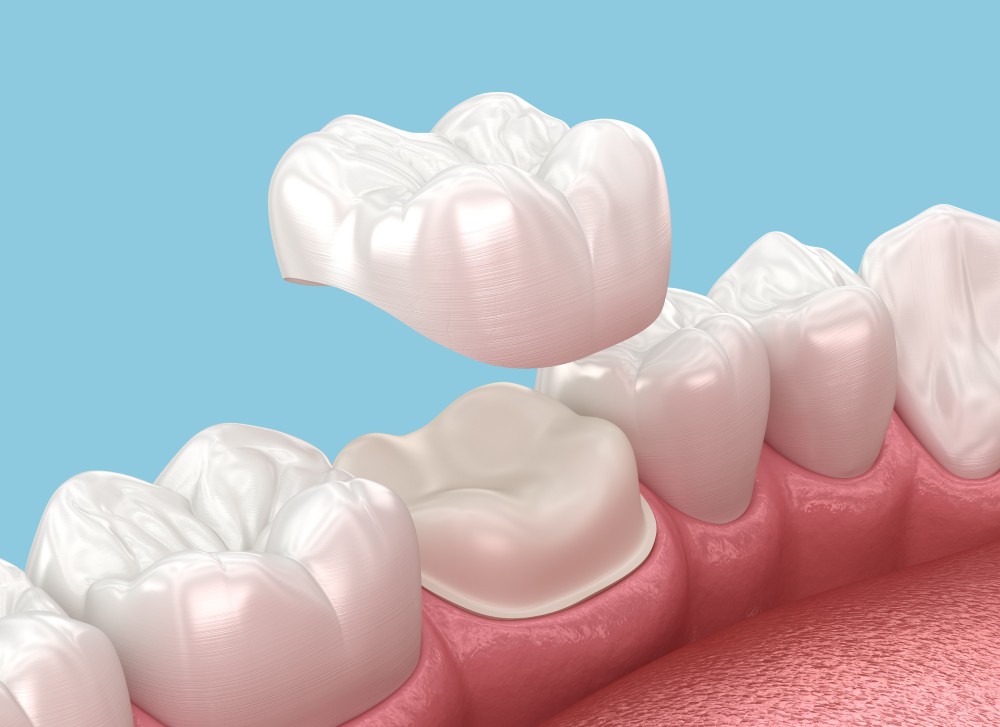Dental Crowns

Dental Crowns
Dental crowns play a vital role in restorative dentistry, providing a solution to restore both the function and appearance of damaged teeth. These custom-made caps are crafted to fit over a damaged tooth, offering protection, strength, and aesthetic enhancement.
Purpose and Benefits
The primary purpose of dental crowns is to cover and protect teeth that are severely decayed, cracked, or weakened. They restore the tooth’s structure and prevent further damage, allowing patients to chew and speak comfortably. Crowns are also used to support teeth with large fillings or following root canal treatment. Additionally, they can improve the appearance of misshapen or discolored teeth, enhancing overall smile aesthetics.
Procedure Overview
Getting a dental crown typically involves two appointments. During the first visit, the dentist assesses the tooth, removes any decay, and shapes it to accommodate the crown. Impressions of the prepared tooth and surrounding teeth are taken to create a custom-fit crown. A temporary crown is placed to protect the tooth while the permanent crown is fabricated in a dental lab.
At the second visit, the temporary crown is removed, and the permanent crown is checked for fit and color match. Once approved, the dentist cements the crown into place, ensuring it blends seamlessly with neighboring teeth and functions like a natural tooth.
Care and Maintenance
Proper care is essential to prolonging the life of a dental crown. Maintain good oral hygiene by brushing twice a day and flossing daily to prevent plaque buildup around the crown and gum line. Avoid chewing hard foods or using your teeth to open packages, as this can damage the crown. Regular dental check-ups are crucial for monitoring the crown’s condition and ensuring any potential issues are addressed promptly.

